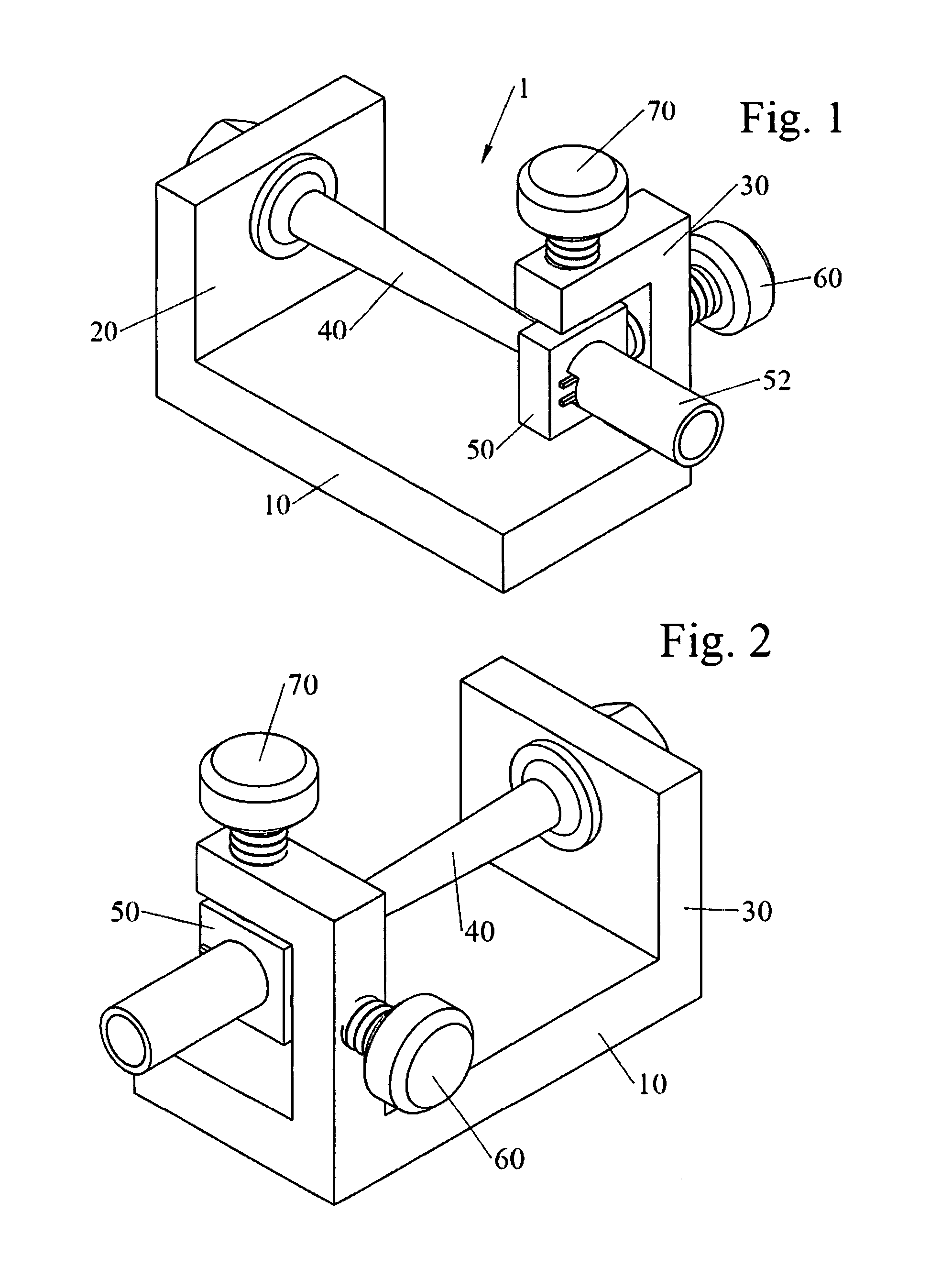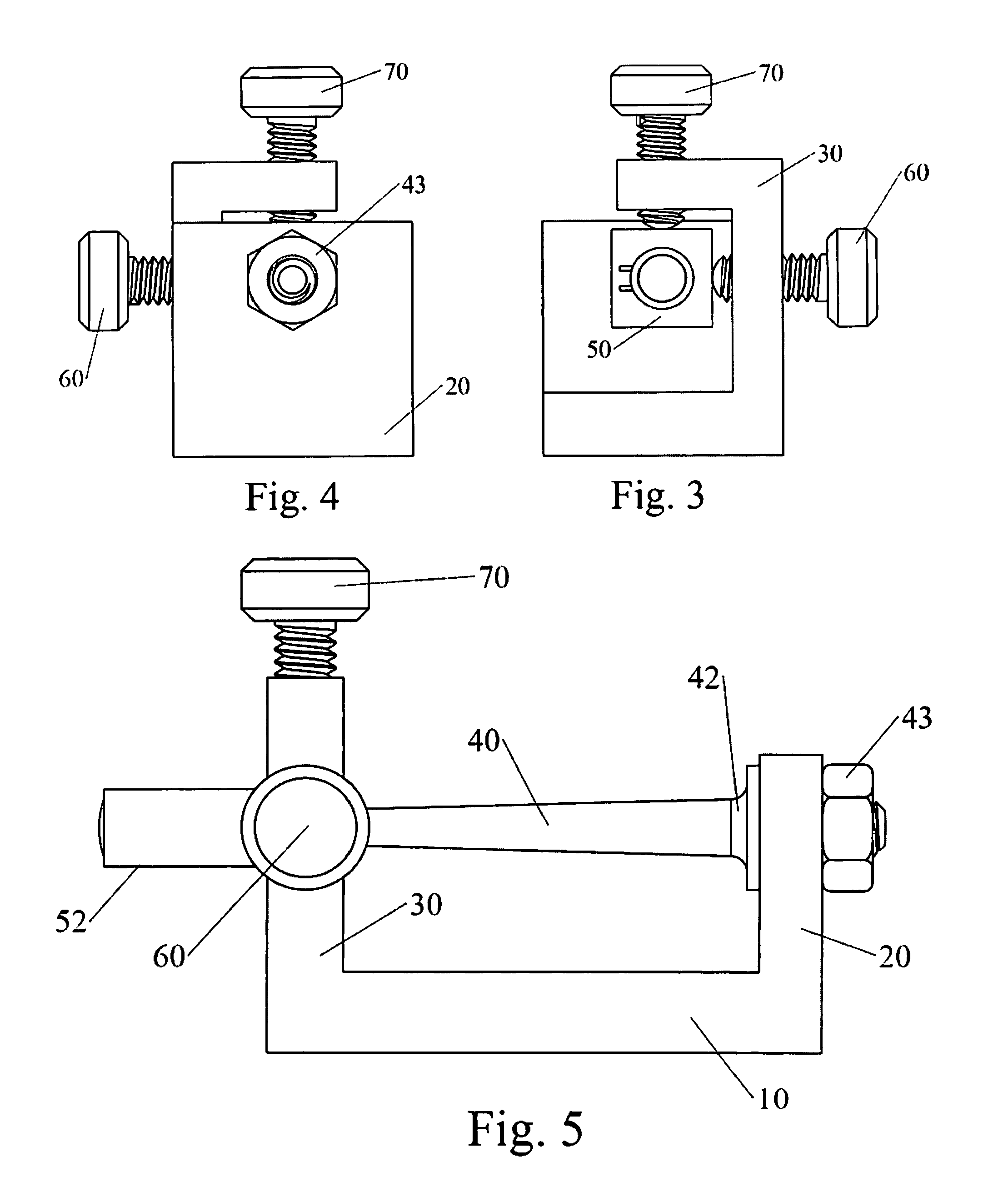Pointing Devices, Apparatus, Systems and Methods for High Shock Environments
a high-shock environment and point device technology, applied in the field of precision pointing, can solve the problems of increased gross angular weapon movement, increased movement and corresponding error, and flexing of the sat housing and mounting components, and achieve the effect of accurate linear and angular positioning
- Summary
- Abstract
- Description
- Claims
- Application Information
AI Technical Summary
Benefits of technology
Problems solved by technology
Method used
Image
Examples
Embodiment Construction
[0075]Before explaining the disclosed embodiments of the present invention in detail it is to be understood that the invention is not limited in its applications to the details of the particular arrangements shown since the invention is capable of other embodiments. Also, the terminology used herein is for the purpose of description and not of limitation.
[0076]A listing of components will now be described.[0077]1. laser system with conical cantilevered beam[0078]10. base of housing[0079]20. rear wall of housing[0080]25. threaded opening for battery[0081]30. support housing portions for adjustment controls[0082]32. front top of housing[0083]33. cover of housing[0084]34. front side of housing[0085]38. front wall of housing[0086]39. cover mounting screws / washer[0087]40. cantilevered conical beam[0088]42. base wide end[0089]43. fastener (nut)[0090]48. narrow tip end[0091]50. payload[0092]52. laser housing[0093]53. laser diode[0094]56. lens[0095]60. lateral adjustment control[0096]61. o-...
PUM
 Login to View More
Login to View More Abstract
Description
Claims
Application Information
 Login to View More
Login to View More - R&D
- Intellectual Property
- Life Sciences
- Materials
- Tech Scout
- Unparalleled Data Quality
- Higher Quality Content
- 60% Fewer Hallucinations
Browse by: Latest US Patents, China's latest patents, Technical Efficacy Thesaurus, Application Domain, Technology Topic, Popular Technical Reports.
© 2025 PatSnap. All rights reserved.Legal|Privacy policy|Modern Slavery Act Transparency Statement|Sitemap|About US| Contact US: help@patsnap.com



